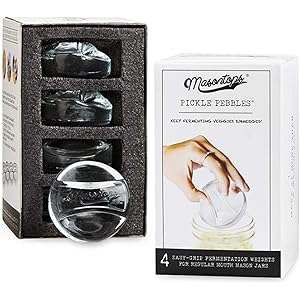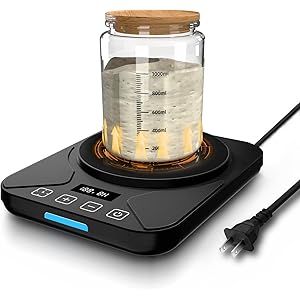Understanding Yeast Infections in Dogs
Yeast infections in dogs, particularly caused by the Candida species, can lead to various health issues, including skin irritations, ear infections, and gastrointestinal problems. These infections thrive in warm, moist environments and can be exacerbated by factors such as allergies, a compromised immune system, or an imbalanced diet. Recognizing the symptoms early is crucial for effective treatment.
Identifying Symptoms of Yeast Infections
Common symptoms of yeast infections in dogs include excessive scratching, redness, and inflammation of the skin, as well as a foul odor. Dogs may also exhibit signs of discomfort, such as licking or biting at affected areas. Ear infections caused by yeast can lead to shaking of the head, discharge from the ears, and a strong odor. Monitoring your dog’s behavior and physical condition is essential for timely intervention.
Consulting a Veterinarian
The best way to treat yeast in dogs begins with a consultation with a veterinarian. A professional can accurately diagnose the condition through physical examinations and laboratory tests. They may also rule out other potential causes of the symptoms, ensuring that the treatment plan is tailored specifically to your dog’s needs. Early diagnosis can prevent the infection from worsening and promote quicker recovery.
Antifungal Medications
Veterinarians often prescribe antifungal medications as a primary treatment for yeast infections in dogs. These medications can be administered orally or topically, depending on the severity and location of the infection. Common antifungal drugs include fluconazole and ketoconazole, which work by inhibiting the growth of yeast cells. Following the veterinarian’s dosage instructions is crucial for effective treatment.
Topical Treatments and Shampoos
In addition to oral medications, topical treatments and medicated shampoos can be highly effective in managing yeast infections. These products often contain antifungal ingredients that help to eliminate yeast on the skin’s surface. Regular bathing with a medicated shampoo can reduce the yeast population and soothe irritated skin, providing relief for your dog.
Get more content like this!
Sign up to receive updates and new terms first hand.
Dietary Adjustments
Diet plays a significant role in managing yeast infections in dogs. A diet low in carbohydrates and sugars can help reduce yeast growth, as yeast thrives on these nutrients. Consider incorporating high-quality protein sources and healthy fats into your dog’s diet. Additionally, consult your veterinarian about potential dietary supplements, such as probiotics, which can help restore a healthy balance of gut flora.
Maintaining Proper Hygiene
Maintaining proper hygiene is essential in preventing and treating yeast infections in dogs. Regular grooming, including bathing and brushing, can help keep your dog’s skin clean and free from excess moisture. Pay special attention to areas prone to yeast infections, such as the ears, paws, and skin folds. Keeping these areas dry and clean can significantly reduce the risk of recurrence.
Environmental Control
Controlling the environment in which your dog lives can also aid in the treatment of yeast infections. Ensure that your dog’s living area is clean, dry, and well-ventilated. Avoid exposing your dog to damp conditions, as yeast thrives in moist environments. Regularly wash your dog’s bedding and toys to eliminate any lingering yeast spores.
Monitoring and Follow-Up
After initiating treatment for yeast infections, regular monitoring and follow-up with your veterinarian are essential. This ensures that the treatment is effective and allows for adjustments if necessary. Keep an eye on your dog’s symptoms and report any changes to your veterinarian. Consistent follow-up can help prevent future infections and maintain your dog’s overall health.




